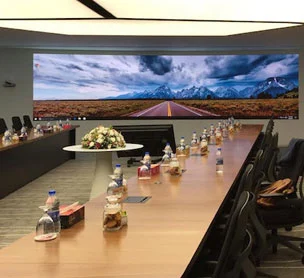Blog Details
LED SCREEN-VIEWING ANGLE

- Posted On 27 Jun 2022
#Ledwallpriceinkerala, #p2ledwallinindia, #Leddancefloor, #novastarvx1pricesin India, #leddisplaymanufacturerinIndia, #ledscreeninkerala, #ledvideowallintamilnadu
LED SCREEN-VIEWING ANGLE
We believe it is crucial to understand how viewing angle might impact the customer experience, even though many purchasers do not pay attention to the viewing angle of the LED screen.
Your LED screen project will cost you hundreds or possibly millions of dollars. You're going to create captivating and fascinating stuff. Furthermore, we are confident that you do not want to let unintended consequences undermine the success of your campaign.
Let's discuss the significance of viewing angle.
Viewing Angle: What Is It?
The viewing angle is the widest angle at which a viewer can still have a satisfactory viewing experience.
Think about sitting directly in front of a TV while you are viewing. Here, the viewing angle doesn't really matter.
But what if your vision is not straight on? The screen will appear less saturated and darker. The image is no longer being shown in its most accurate state. Reduced visual quality is present.
How "off-center" viewers can observe the LED screen depends on the degree of viewing angle. Viewers from the majority of angles can still enjoy the content with respectable picture quality if the viewing angle is large enough.
The 178/178 angle is one of the most frequently referenced viewing angles.
The horizontal viewing angle is represented by the first 178, and the vertical viewing angle by the second 178.
The widest viewing angle currently offered on the market is 178/178. However, is it always necessary to use an ultra-wide viewing angle?
You do not require an LED screen with a wide viewing angle if your audience typically views the material directly in front of the LED screen. When installing an LED screen in a conference room with chairs in front of the screen, for instance, a broad viewing angle is not required.
However, if you want to reach people who are walking or moving, you should think about using an LED screen with a broader viewing angle. For instance, in a shopping centre, your audience can view your material from several angles.
You have no control over the positioning of your audience or their responses to the screen. They might be getting an off-center view of the content.
